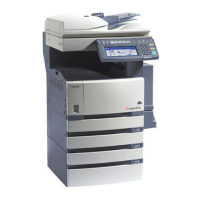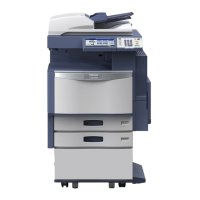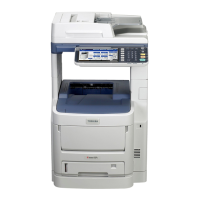6.2.2 COMPONENT DESCRIPTIONS
BICU (Base Engine and Image Control Unit)
The BICU is the main control board and controls these functions:
• Engine sequence control (all sensors, motors, fusing temperature control circuits)
• Image processing control (on the IPU)
• Scanning control
• GW controller interface
• Peripheral timing control
GW Controller and Mother Board
The controller board controls all the options. It contains the GW architecture ASICs,
and connects to the BICU and PCI interface. During copying, the mother board
stores compressed data, and controls these items:
• Operation panel interface
• Storage of SC information in NVRAM.
The controller board also has SD card sockets. These are used for these functions:
• Download firmware for updates
• Copy optional firmware onto one SD card. (Copied from Slot 3 to Slot 2.)
• Hold the firmware for the printer or printer/scanner option. (The firmware is
stored on the SD card in Slot 2.)
• Hold the machine system firmware (this is on the SD card in Slot 1, which must
never be removed.
IOB (I/O Control Board)
The I/O control board controls these items:
• Input and output ports for all sensors, motors, solenoids
• All drivers
• High voltage power supply
• Analog input signals. Converts analog data to 10-bit digital data. The CPU on the
BICU reads this data.
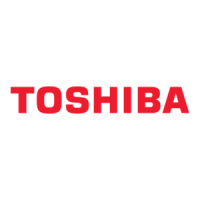
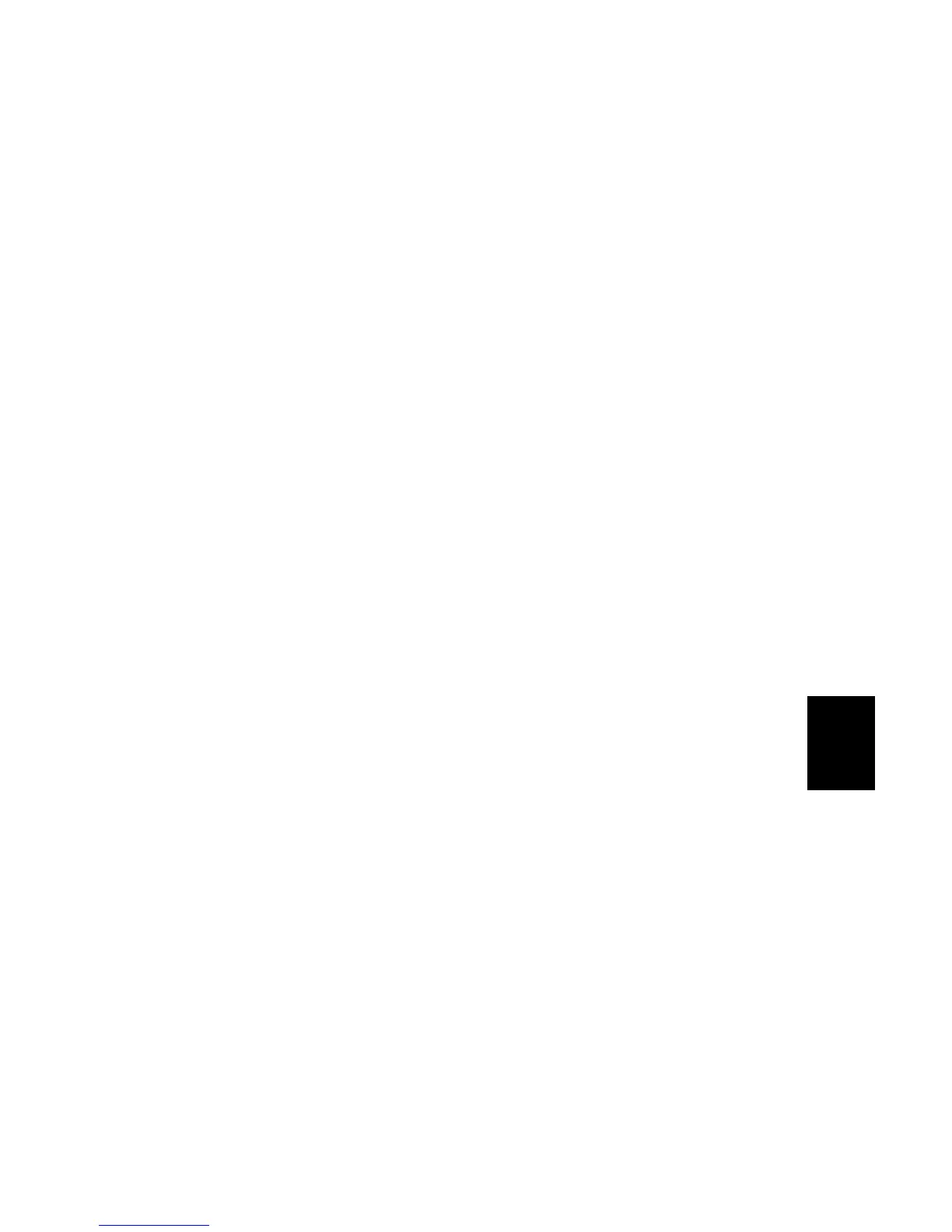